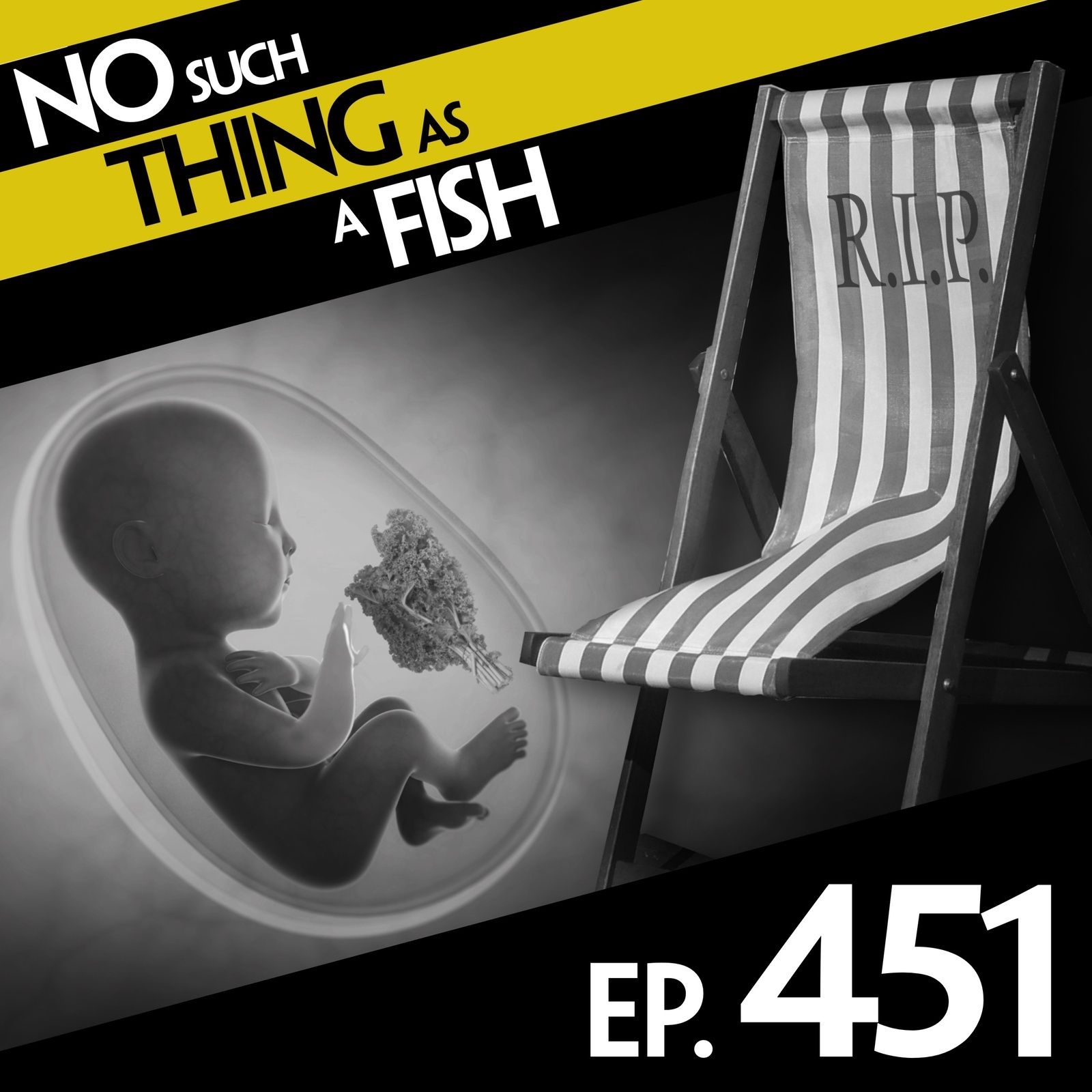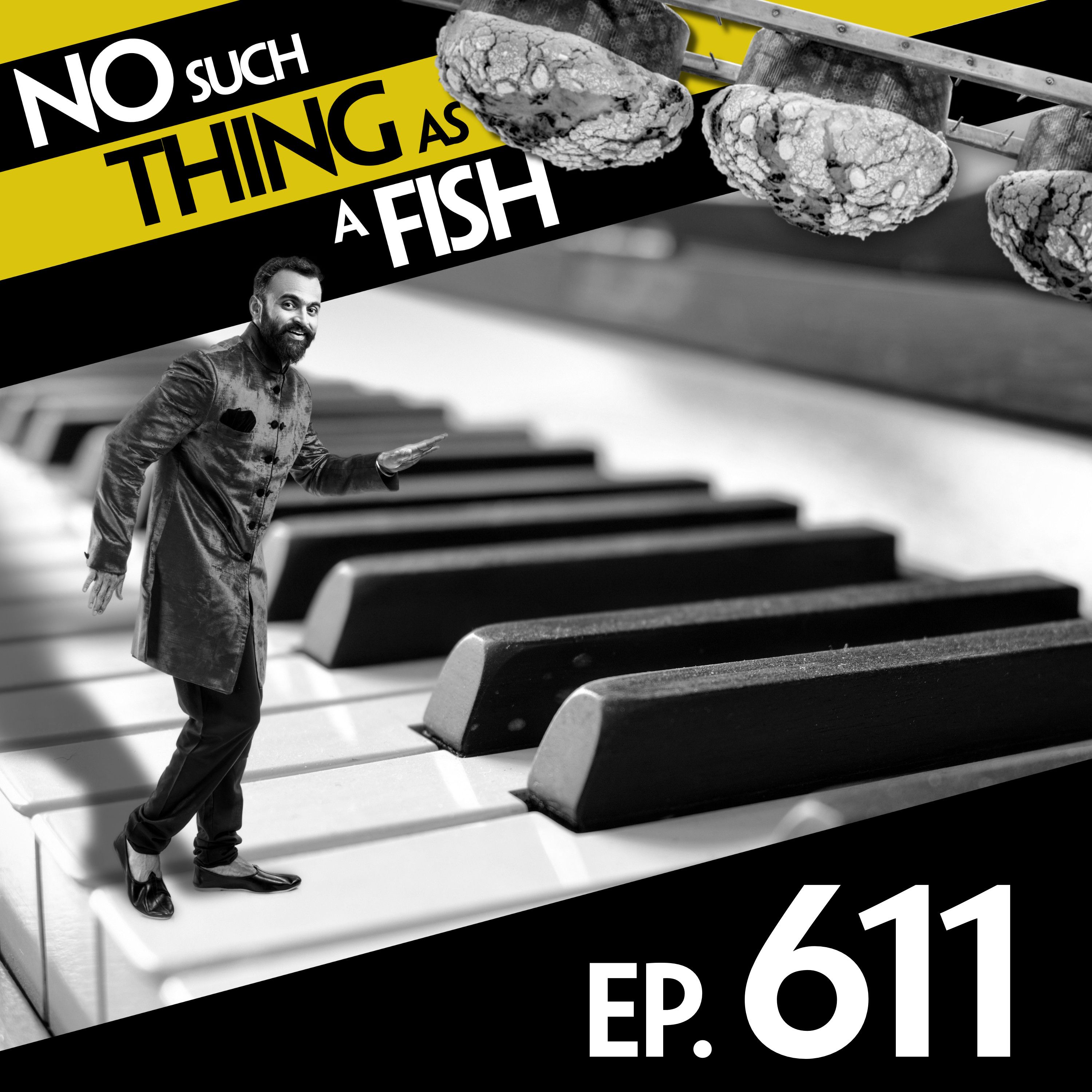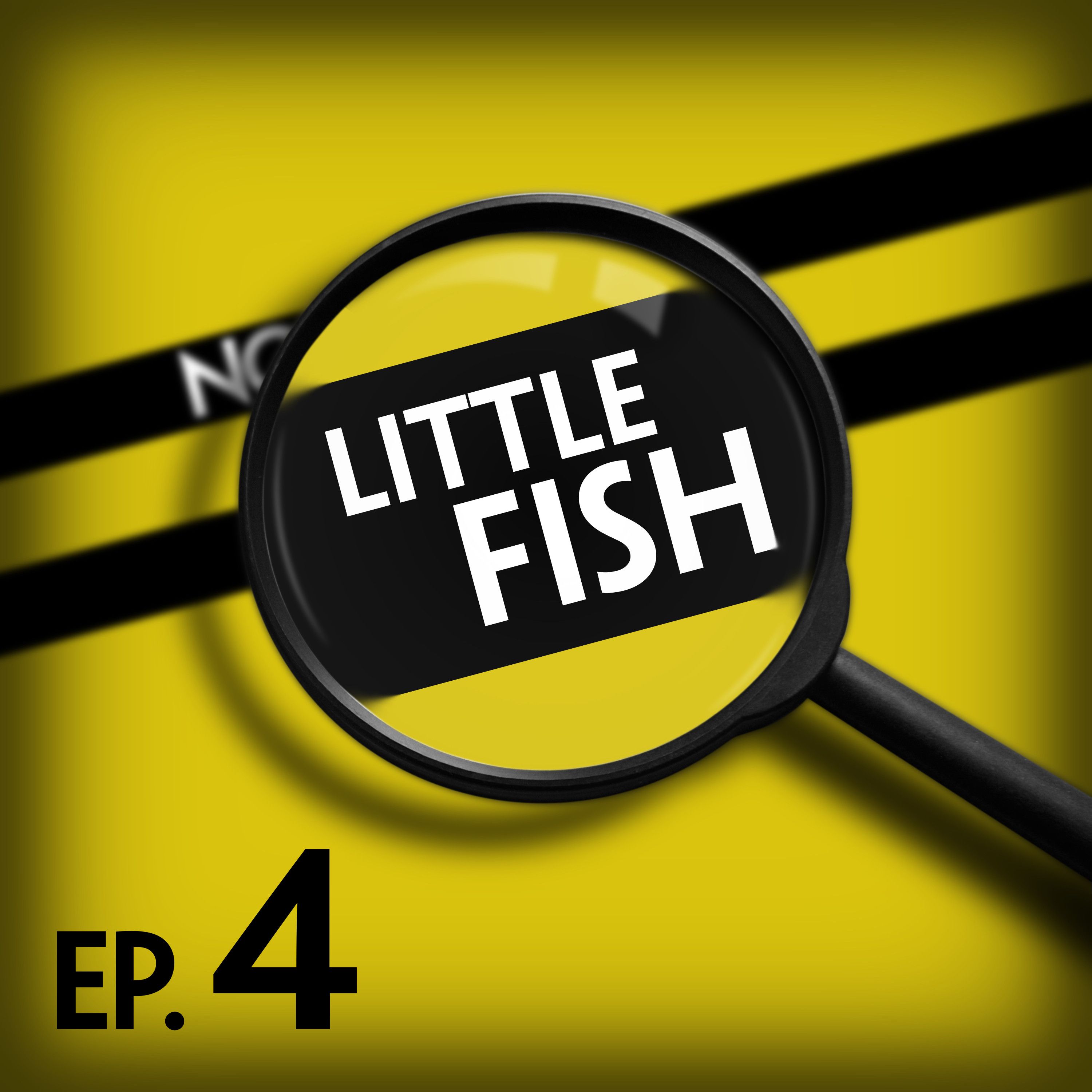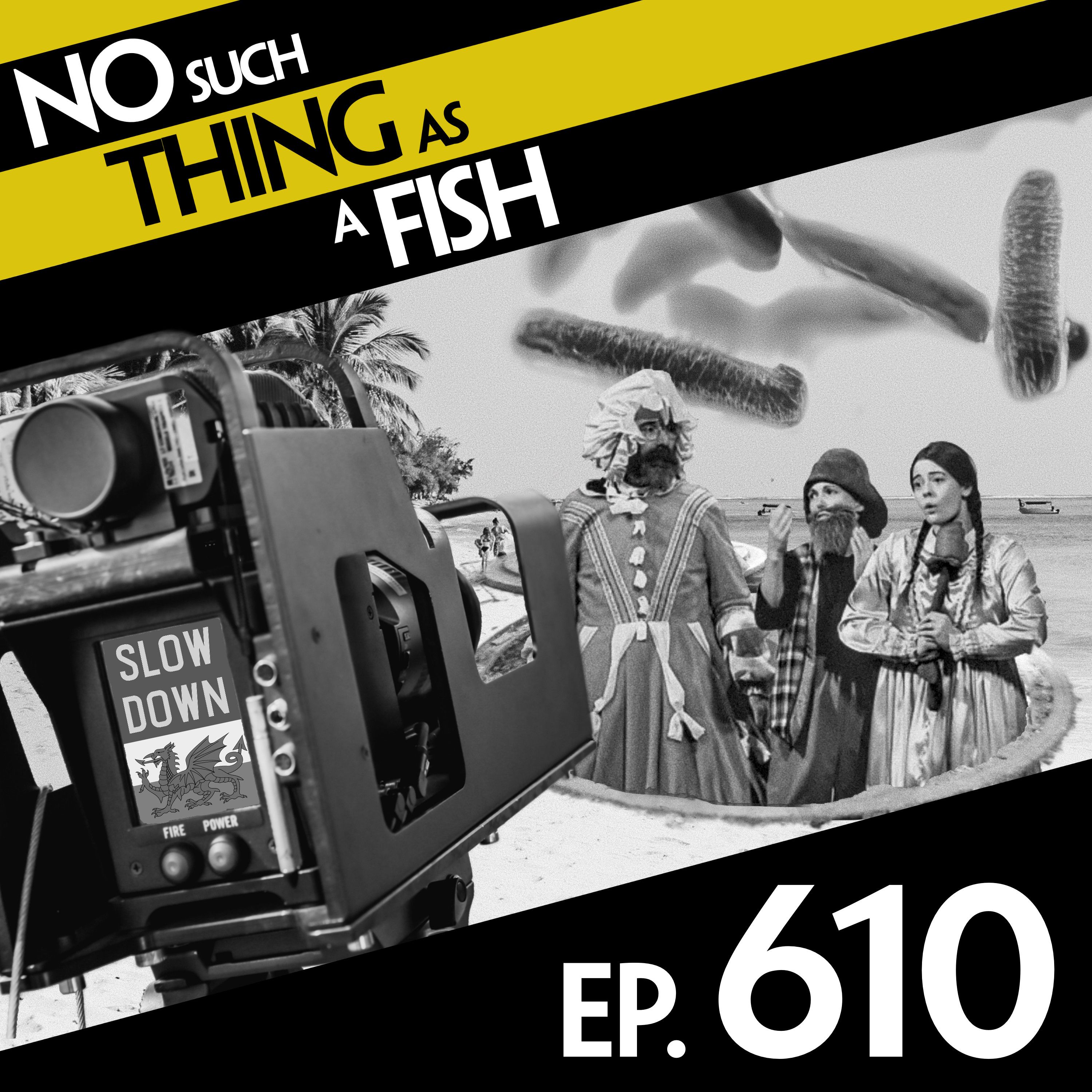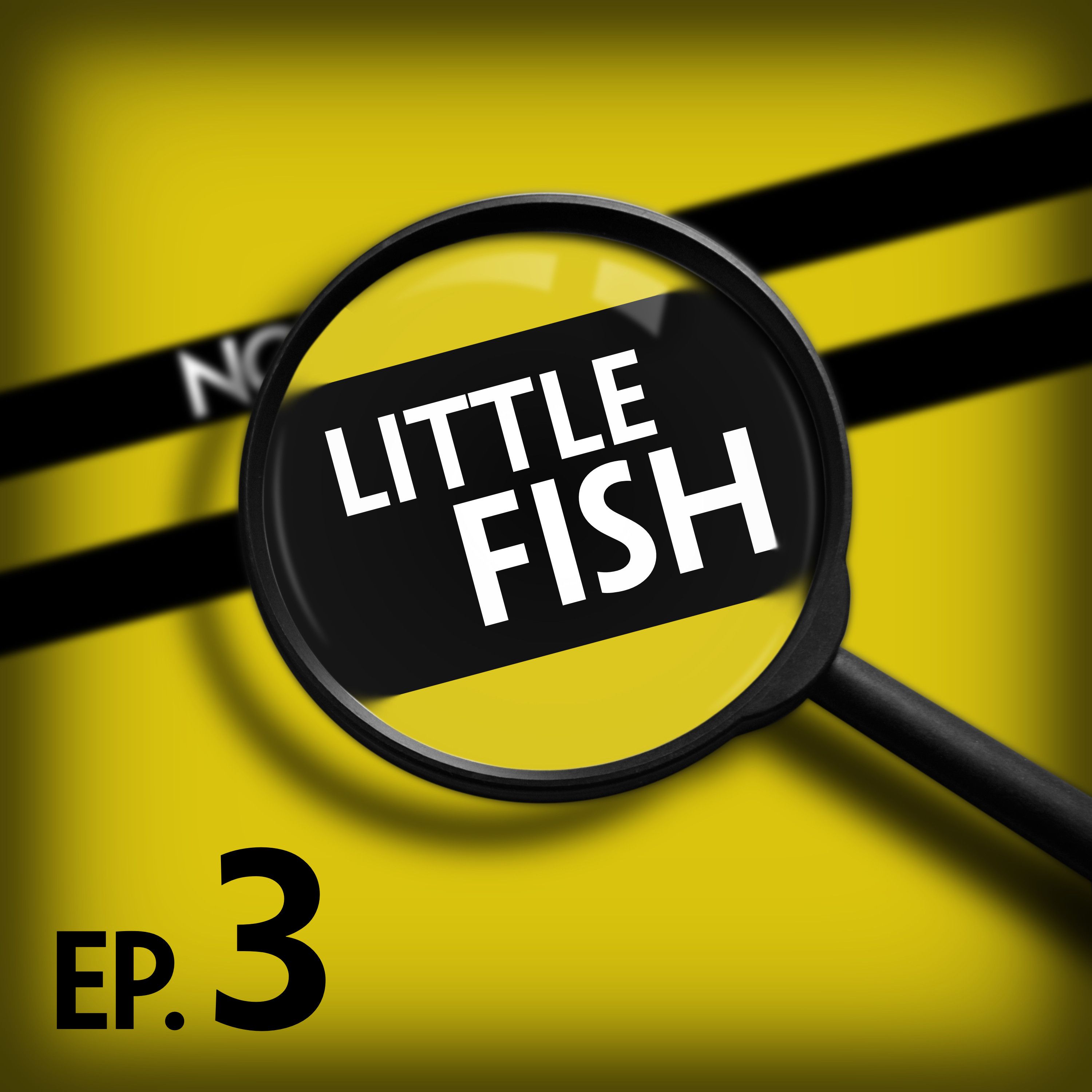451: No Such Thing As Deckchair Wrestling
James, Anna, Andrew and special guest Angela Barnes discuss Goldfinger, the German poetry in-spectre, and a view to a kale.
Visit nosuchthingasafish.com for news about live shows, merchandise and more episodes.
Join Club Fish for ad-free episodes and exclusive bonus content at nosuchthingasafish.com/apple or nosuchthingasafish.com/patreon
Visit nosuchthingasafish.com for news about live shows, merchandise and more episodes.
Join Club Fish for ad-free episodes and exclusive bonus content at nosuchthingasafish.com/apple or nosuchthingasafish.com/patreon
Press play and read along
Transcript
Transcript is processing—check back soon.
No Such Thing As A Fish — 451: No Such Thing As Deckchair Wrestling
